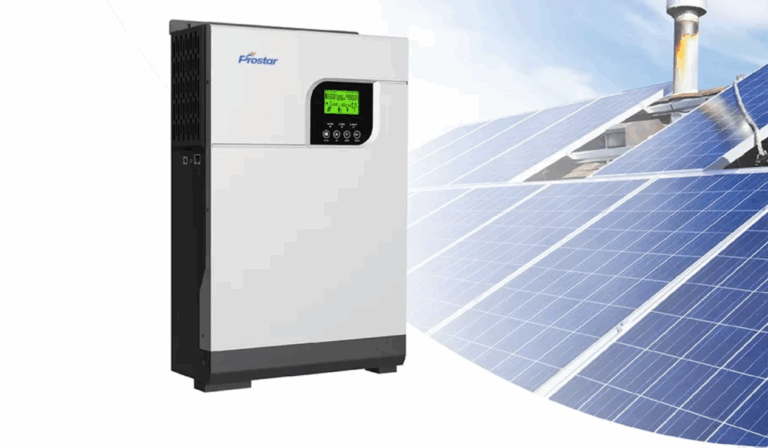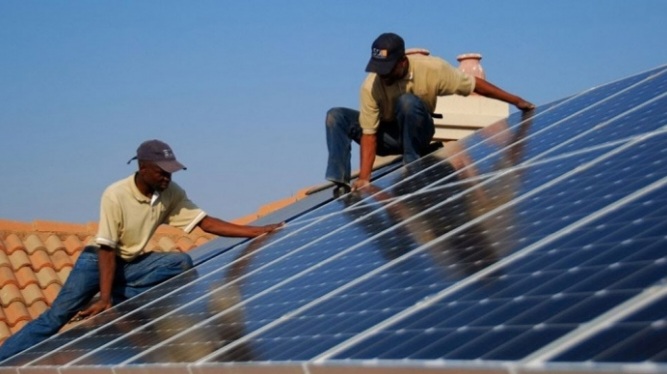Real Solar Installer Insights You’ll Never Learn in Training
What the Training Manuals Don’t Tell You
No matter how many solar installation courses you take, nothing prepares you for the real-world grind.
When I first started installing solar systems, I quickly realized that the field doesn’t always follow the manual.
You’ll face rooftops that defy geometry, clients who change their minds mid-install, and panels that refuse to fit the way you planned.
That’s where experience steps in — the kind you can’t learn in class.
In this post, I’m pulling back the curtain on the real installer insights I’ve picked up over the years — the lessons that separate confident solar techs from frustrated ones.
Let’s go behind the panels.

⚡ 1. Every Roof Has Its Personality
On paper, a roof is just a flat surface with a tilt.
In real life, it’s full of surprises — uneven ridges, weak spots, awkward vents, and angles that make panel layout a puzzle.
Here’s the truth: you’ll never find a “perfect” roof.
The trick is learning to adapt your mounting design instead of forcing your ideal layout.
Pro tip: Always carry extra mounting rails, end clamps, and roof sealant. A flexible mindset saves both time and customer trust.
🧰 2. The Real Work Starts After You Pack Up
You might think the job ends once the inverter turns on.
It doesn’t.
The real work is after installation — following up to ensure performance, checking battery health, and responding quickly to early complaints.
Clients remember how you finish a job, not how you start it.
Pro tip: Set up a simple tracking system or use an app like Globisun to log each client’s system details, load sizing, and maintenance history.
🌞 3. Sunlight Is Free — But Shading Is Costly
You’ll be shocked how many installers ignore shading.
Even a small shadow — from a tree branch, TV antenna, or neighboring building — can slash power output dramatically.
The unspoken rule? Shade analysis is not optional.
Takeaway: Always assess your client’s roof at different times of the day. Use your phone’s compass or a solar app to map sun paths before installing.

🔋 4. Batteries Are Like People — They Hate Being Overworked
It doesn’t matter if it’s AGM, Gel, or Lithium — all batteries need balance.
I’ve seen great systems ruined because clients overloaded them or installers mismatched capacities.
When batteries are undersized, they discharge too deeply and die young.
Pro tip: Never guess battery sizing. Use a proper load calculator like Globisun to determine the right storage capacity for each project.
🧠 5. Clients Don’t Just Buy Power — They Buy Peace of Mind
This one took me a while to learn.
Most clients don’t really understand watts, volts, or inverters — what they care about is that their lights stay on and their investment feels safe.
You’re not just selling equipment. You’re selling confidence.
So take the time to explain how to use, maintain, and monitor the system in simple language.
When clients feel informed, they trust you more — and they refer you faster.

⚙️ 6. Cheap Connectors Cost You More in the Long Run
I’ve lost count of how many times I’ve been called to “fix” jobs where the only issue was a cheap MC4 connector or low-quality cable.
These small parts may seem insignificant, but they carry the current that powers everything.
A 2% voltage drop on a 48V system can cost you hundreds of watts daily.
Takeaway: Always use branded connectors, UV-resistant cables, and waterproof junction boxes. Quality in, quality out.
🧽 7. Clean Panels, Happy Clients
You can install the most efficient panels on Earth — but dust, bird droppings, or tree sap will still kill performance.
The difference between a clean and dirty panel can be as much as 25% efficiency loss.
Pro tip: Before you leave a site, show your client how to safely clean their panels.
Better yet, offer a maintenance package — it keeps the panels performing and keeps you on their radar.
🔍 8. Always Document Everything
A photo, a note, a wiring sketch — they might seem small, but they’re priceless later.
I’ve had to return to installations months later, and my old notes saved me from tracing every wire again.
Use your phone camera liberally:
- Before-and-after shots
- Connection labels
- Inverter settings
- Client meter readings
If you’re using the Globisun App, log these details alongside your sizing and system configuration for easier follow-up.
🧯 9. Respect Safety Like Your Life Depends on It — Because It Does
Solar work looks glamorous on social media, but it’s risky business.
Slippery roofs, live DC cables, and exposed metal frames can all turn deadly fast.
Field rule: Never compromise safety for speed.
Always wear insulated gloves, use harnesses on high roofs, and disconnect DC isolators before maintenance.
The best installers are the ones who go home safe every day.
💡 10. You’ll Never Stop Learning
The more systems you install, the more you realize how much you don’t know.
Every project — from a simple 1kVA setup to a commercial 100kVA system — teaches you something new.
The solar industry is evolving fast, and keeping up with new technology, hybrid inverters, and lithium solutions is what keeps you relevant.
Pro tip: Stay curious, ask other installers questions, and explore professional tools like Globisun to sharpen your solar sizing, system design, and load estimation skills on the go.
Conclusion: The Lessons You Only Learn Under the Sun
Behind every clean solar installation photo is a story — of sweat, problem-solving, and quiet mastery.
These real-world insights aren’t found in training manuals; they’re learned on rooftops, under the sun, one mistake at a time.
So, if you’re new to the field, remember this:
The best installers don’t just follow procedures — they understand them, adapt them, and perfect them.
And with smarter tools like Globisun, you can combine real-world experience with precise sizing and system design to take your solar game to the next level.
Because true expertise doesn’t just come from training — it comes from what happens behind the panels






